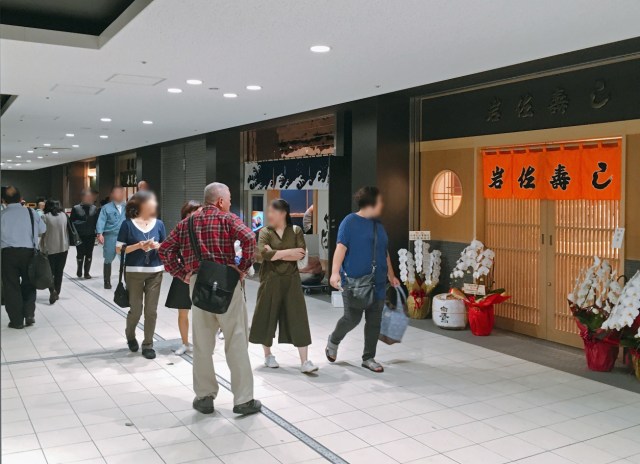
We pay a visit to the new market to find out if the restaurants from Tsukiji are still as good as they used to be.
On 11 October, the world’s largest wholesale fish and seafood market opened for business at Toyosu after making the move from their 83-year-old location at Tsukiji, located roughly 2.3 kilometres (1.4 miles) away.
While a large majority of media reports focused on issues concerning the fishmongers and the new wholesale operations at the facility, another group of tenants were also adjusting to the move, as some of the market’s famous restaurants were due to open their doors at the new complex as well.
One of the most famous of these restaurants was Sushi Dai, often touted as the best place to enjoy fresh sushi in all of Tokyo. Our roving reporter Mr Sato, who’s dined at a number of Tsukiji sushi establishments in the past, decided to pay a visit to the new complex to see how the new restaurants were faring with the move.
When he arrived, he found that the restaurants were now split up over three different areas at Toyosu: Four were in the Fruit and Vegetable Market building, 13 in the Management Offices building, and 22 in the Fish Intermediate Wholesale Market building.
Well-known restaurants like Senrikan and Sushi Dai are now located in the Intermediate Wholesale Market building, so Mr Sato made a beeline for this area to see what it was like. When he arrived, he saw that, as always, Sushi Dai had a long line of customers waiting outside it. Unlike the old Tsukiji location, though, where people had to stand in line before entering, the restaurant now had small round stools for customers to use.
It’s busy here, so if you’re planning on getting in, be sure to get in early in the morning. By 11 a.m., when this photo was taken, Sushi Dai had already stopped receiving customers for the day.
As Mr Sato walked around the complex, looking for another place to dine at, he noticed something very different about Toyosu — all restaurants, and the facility itself, is now non-smoking. However, smokers are still catered for with special enclosed smoking rooms.
As an area that caters to fishmongers and customers alike, there’s more to eat than just fish here, and one of the most famous restaurants you’ll come across is Nakaei, which serves up delicious curry meals.
Seeing as he’d missed out on getting into Sushi Dai, Mr Sato decided to fill his belly with curry instead, and despite the restaurant being full when he arrived, it wasn’t long before he was shown to a seat and given a menu.
▼ Menu options include Indian and Japanese style curries, as well as an option for beef stew.
And if you’re extra hungry, the restaurant offers an extra serving of shredded cabbage for 50 yen (US$0.45), an extra serving of curry roux for 100 yen, and an extra spicy option for 100 yen. And they also have an unusual miso soup with egg for 100 yen.
Mr Sato ordered one of the restaurant’s most famous dishes, the Aigake Curry, which allows you to choose two curries from a choice of Indian curry, Japanese beef curry, or Hayashi Rice beef stew. Mr Sato opted for the Indian and Hayashi Rice, which was delivered within ten minutes of making his order.
For Mr Sato, this dish was reminiscent of a Showa-era (1926-1989) meal, with its Japanese-style western flavours and rice intertwined with cabbage in every bite. Our reporter was pleased to find that the warming flavours of the Showa period can still be enjoyed at Toyosu, even as the Heisei era is set to come to a close when the current Emperor abdicates the throne next year.
Whether or not your palate is fine-tuned enough to discern the nuances of period cooking, the curry selections here are definitely worth trying, and Mr Sato also recommends ordering a cup of their egg miso soup as well. The soft flakes of warmed egg create a smooth and creamy texture, with the umami of the miso giving way to a peppery kick at the end.
And because it was something he’d always done before at Tsukiji, Mr Sato decided to end his meal with a visit to Iwata, a coffee house that’s been serving cups of Joe to fishmongers and their customers for decades.
Much newer than their previous store at Tsukiji, Iwata still served up the same great coffee that Mr Sato had always enjoyed, and when he recognised that the waitress had also worked at Tsukiji, he struck up a conversation with her and asked how she was finding the new store. She said it was bigger, but more tiring because their Tsukiji location only had one long counter, whereas this space now has more seating.
Mr Sato then turned to the elderly couple next to him, to ask them what they thought about the new cafe. They told him that they loved it and hoped others would too, with their wish being to help fishmongers and establishments in the complex flourish in future.
With these true Tokyo locals frankly telling him their feelings, he once again felt a true sense of Showa-era nostalgia and knew that the real spirit of Tsukiji would live on, in spite of the market’s new shiny surroundings.
It was the perfect way to end his time at the new Toyosu market, and Mr Sato wholeheartedly recommends everyone pay it a visit. The market may have changed location, but the people who made it what it was are still here, keeping old traditions alive like so many generations did before them.
Photos © SoraNews24

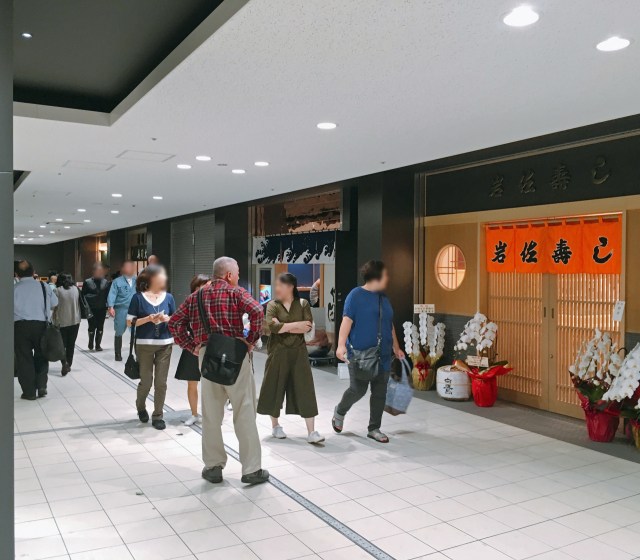
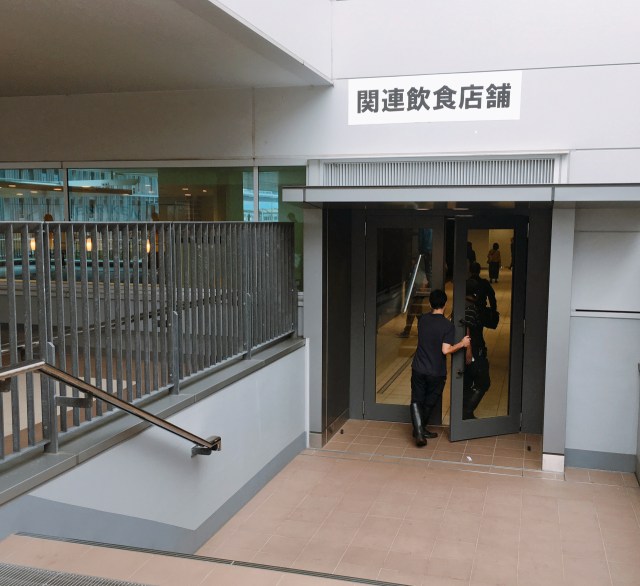
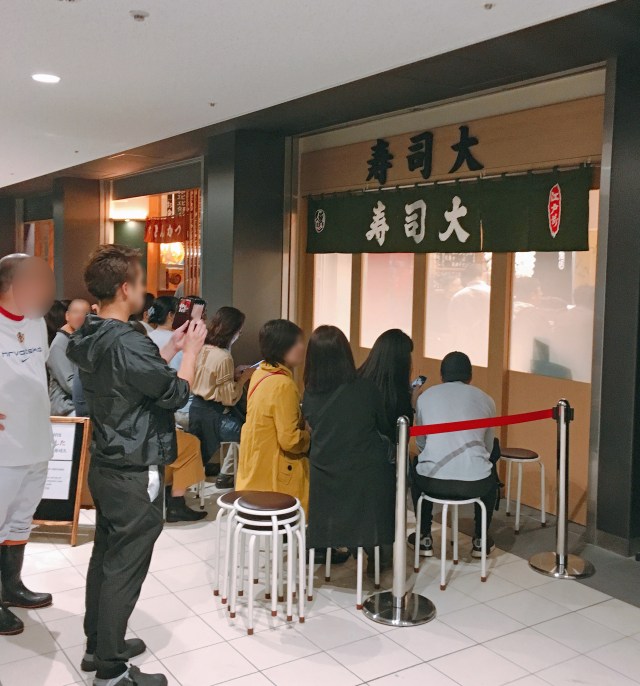
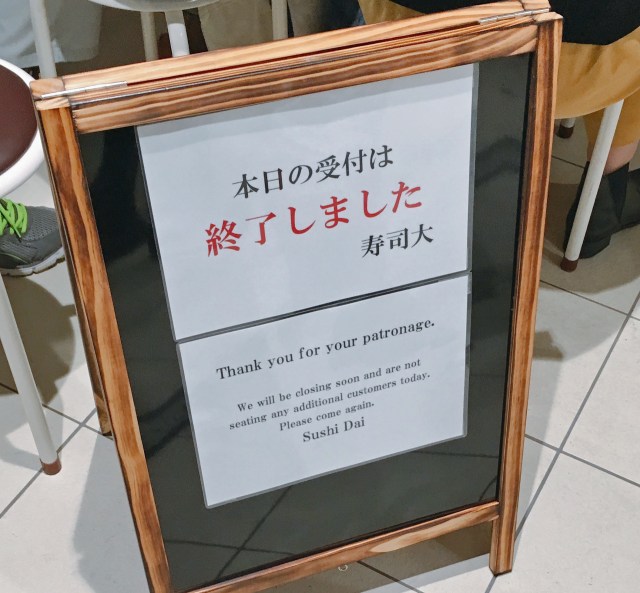
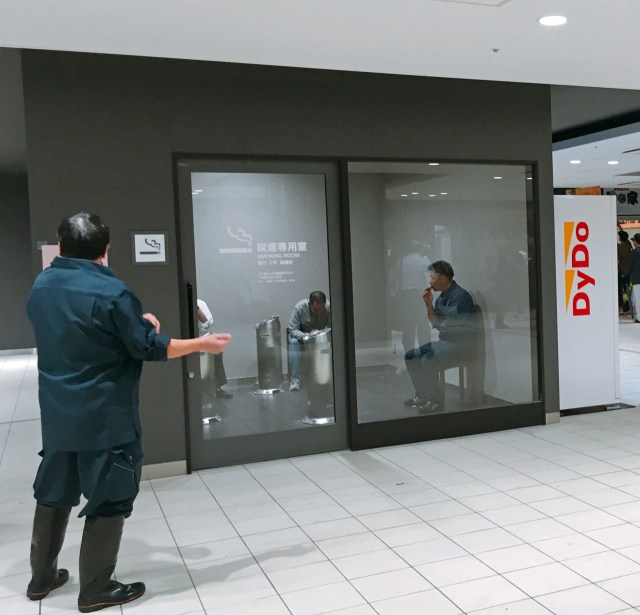
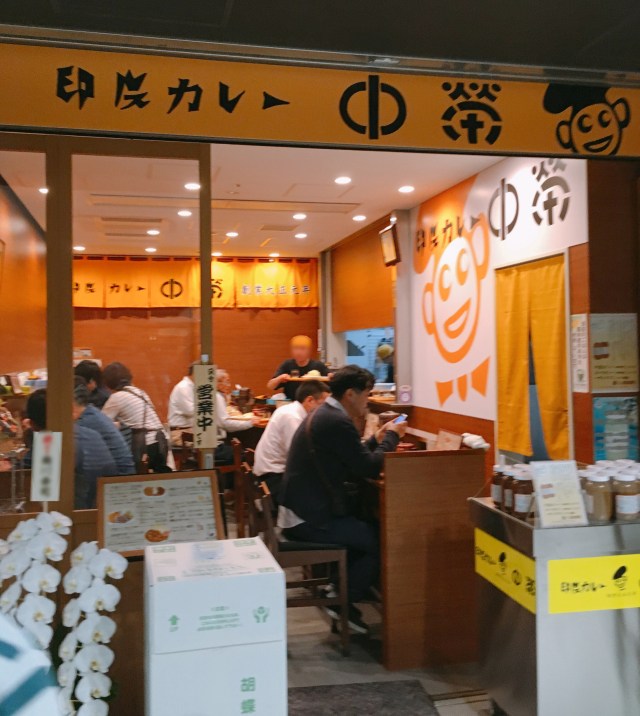
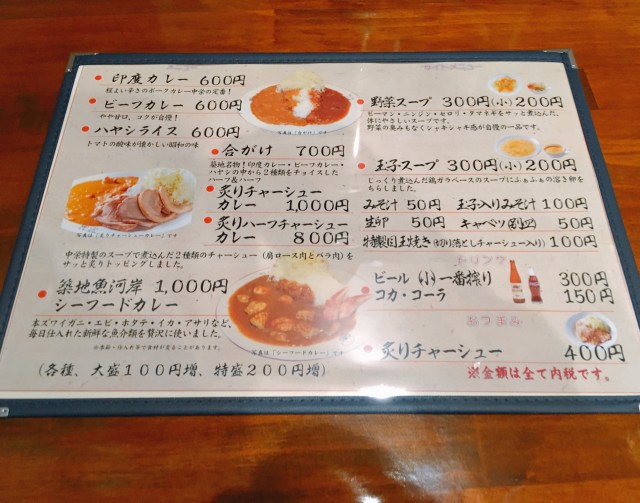
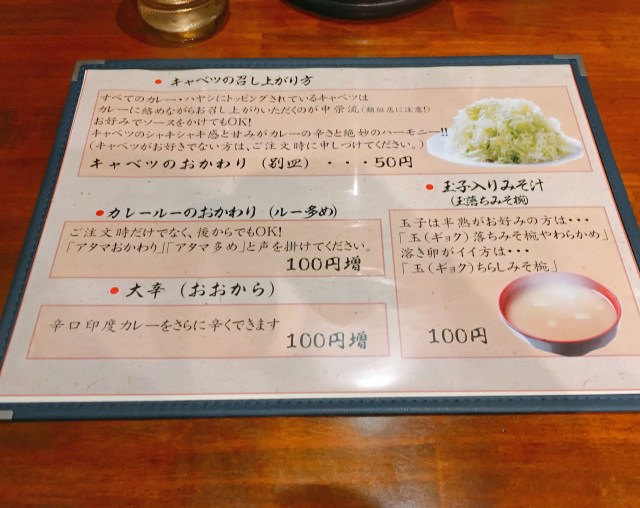
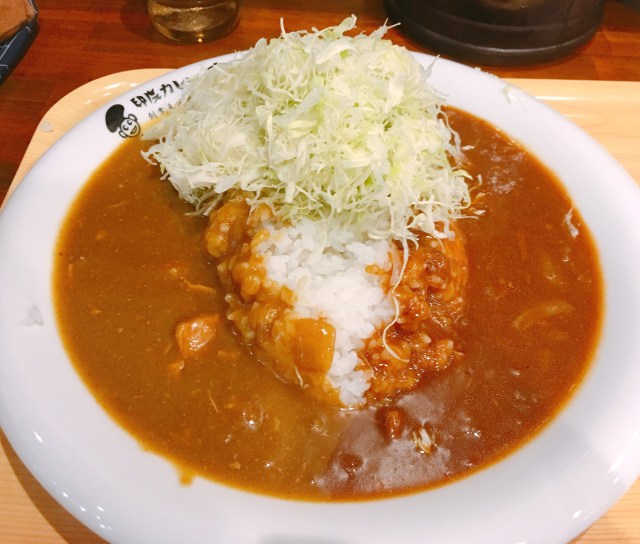
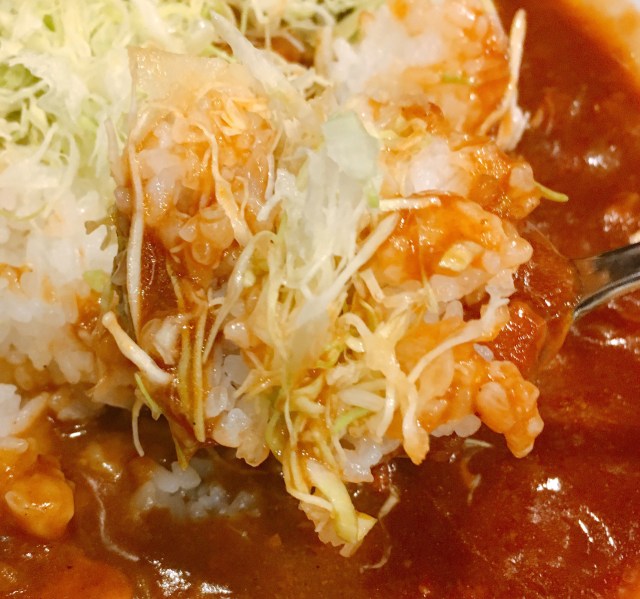
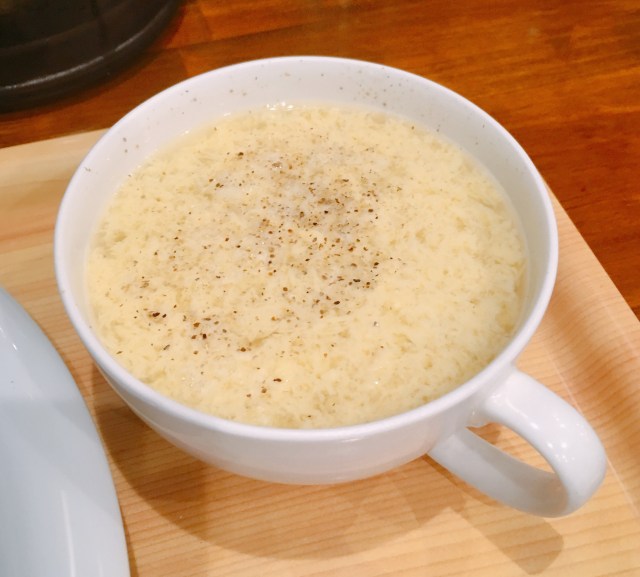
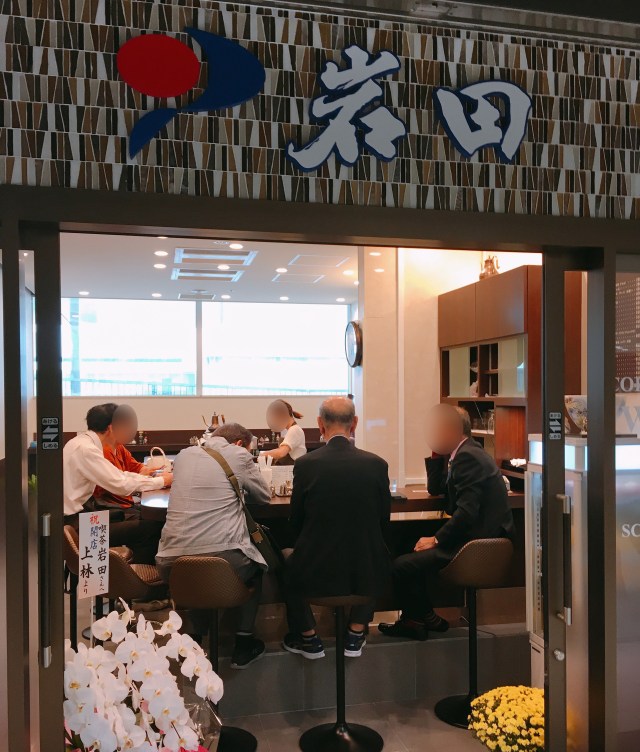
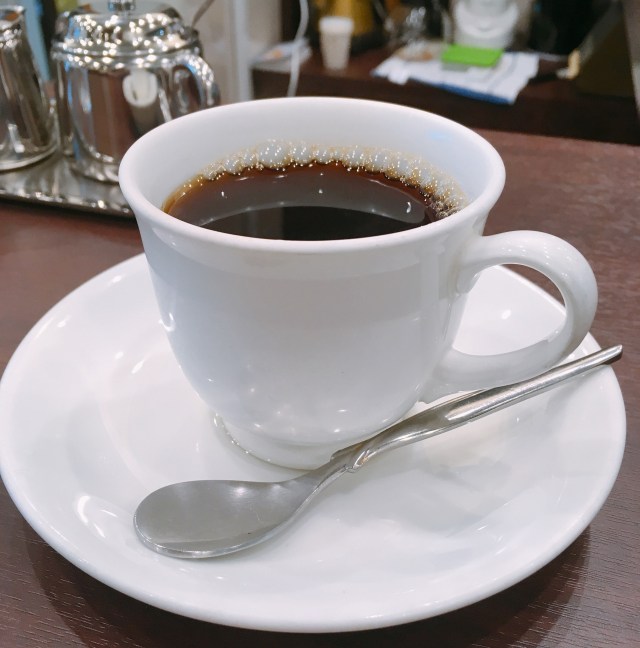
 With its Inner Market closed down, we stop by Tsukiji to see how Tokyo’s sushi mecca is coping
With its Inner Market closed down, we stop by Tsukiji to see how Tokyo’s sushi mecca is coping Restaurants, Roads, Rats: How has Tsukiji changed after the fish market move?
Restaurants, Roads, Rats: How has Tsukiji changed after the fish market move? A taste of Japanese curry usually only sold overseas, at Tokyo’s Curry House CoCo Ichibanya World
A taste of Japanese curry usually only sold overseas, at Tokyo’s Curry House CoCo Ichibanya World Tokyo’s first sushi cake specialty store opens in Japan
Tokyo’s first sushi cake specialty store opens in Japan “Hey, Japanese taxi driver, take us to the best seafood joint in Otaru!”
“Hey, Japanese taxi driver, take us to the best seafood joint in Otaru!” Foreigner’s request for help in Tokyo makes us sad for the state of society
Foreigner’s request for help in Tokyo makes us sad for the state of society Mikado Coffee is a 76-year-old coffee chain with a major celebrity connection
Mikado Coffee is a 76-year-old coffee chain with a major celebrity connection Ghibli Park now selling “Grilled Frogs” from food cart in Valley of Witches
Ghibli Park now selling “Grilled Frogs” from food cart in Valley of Witches Seaside scenery, history, and so many desserts on Yokohama’s Akai Kutsu【Japan Loop Buses】
Seaside scenery, history, and so many desserts on Yokohama’s Akai Kutsu【Japan Loop Buses】 McDonald’s new Happy Meals offer up cute and practical Sanrio lifestyle goods
McDonald’s new Happy Meals offer up cute and practical Sanrio lifestyle goods Japan’s summertime towelket pillowcases are even better with the addition of Ghibli stars【Photos】
Japan’s summertime towelket pillowcases are even better with the addition of Ghibli stars【Photos】 Akihabara pop-up shop sells goods made by Japanese prison inmates
Akihabara pop-up shop sells goods made by Japanese prison inmates Osaka governor suggests lowering voting age to 0 to curb population decline
Osaka governor suggests lowering voting age to 0 to curb population decline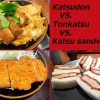 Katsudon vs. tonkatsu vs. katsu sandwich – What’s the best way to eat pork cutlet in Japan?
Katsudon vs. tonkatsu vs. katsu sandwich – What’s the best way to eat pork cutlet in Japan? Suntory x Super Mario collaboration creates a clever way to transform into Mario【Videos】
Suntory x Super Mario collaboration creates a clever way to transform into Mario【Videos】 Japanese ramen restaurants under pressure from new yen banknotes
Japanese ramen restaurants under pressure from new yen banknotes French Fries Bread in Tokyo’s Shibuya becomes a hit on social media
French Fries Bread in Tokyo’s Shibuya becomes a hit on social media Red light district sushi restaurant in Tokyo shows us just how wrong we were about it
Red light district sushi restaurant in Tokyo shows us just how wrong we were about it New private rooms on Tokaido Shinkansen change the way we travel from Tokyo to Kyoto
New private rooms on Tokaido Shinkansen change the way we travel from Tokyo to Kyoto Tokyo Tsukiji fish market site to be redeveloped with 50,000-seat stadium, hotel, shopping center
Tokyo Tsukiji fish market site to be redeveloped with 50,000-seat stadium, hotel, shopping center Japanese city loses residents’ personal data, which was on paper being transported on a windy day
Japanese city loses residents’ personal data, which was on paper being transported on a windy day Beautiful Ghibli sealing wax kits let you create accessories and elegant letter decorations【Pics】
Beautiful Ghibli sealing wax kits let you create accessories and elegant letter decorations【Pics】 Secret Kitchen bento serves Japanese flowers, birds, wind and moon in a box, but is it worth it?
Secret Kitchen bento serves Japanese flowers, birds, wind and moon in a box, but is it worth it? New definition of “Japanese whiskey” goes into effect to prevent fakes from fooling overseas buyers
New definition of “Japanese whiskey” goes into effect to prevent fakes from fooling overseas buyers Our Japanese reporter visits Costco in the U.S., finds super American and very Japanese things
Our Japanese reporter visits Costco in the U.S., finds super American and very Japanese things Studio Ghibli releases Kiki’s Delivery Service chocolate cake pouches in Japan
Studio Ghibli releases Kiki’s Delivery Service chocolate cake pouches in Japan All-you-can-drink Starbucks and amazing views part of Tokyo’s new 170 meter-high sky lounge
All-you-can-drink Starbucks and amazing views part of Tokyo’s new 170 meter-high sky lounge More foreign tourists than ever before in history visited Japan last month
More foreign tourists than ever before in history visited Japan last month New Pokémon cakes let you eat your way through Pikachu and all the Eevee evolutions
New Pokémon cakes let you eat your way through Pikachu and all the Eevee evolutions Disney princesses get official manga makeovers for Manga Princess Cafe opening in Tokyo
Disney princesses get official manga makeovers for Manga Princess Cafe opening in Tokyo Sales of Japan’s most convenient train ticket/shopping payment cards suspended indefinitely
Sales of Japan’s most convenient train ticket/shopping payment cards suspended indefinitely Sold-out Studio Ghibli desktop humidifiers are back so Totoro can help you through the dry season
Sold-out Studio Ghibli desktop humidifiers are back so Totoro can help you through the dry season Japanese government to make first change to romanization spelling rules since the 1950s
Japanese government to make first change to romanization spelling rules since the 1950s Ghibli founders Toshio Suzuki and Hayao Miyazaki contribute to Japanese whisky Totoro label design
Ghibli founders Toshio Suzuki and Hayao Miyazaki contribute to Japanese whisky Totoro label design Doraemon found buried at sea as scene from 1993 anime becomes real life【Photos】
Doraemon found buried at sea as scene from 1993 anime becomes real life【Photos】 Tokyo’s most famous Starbucks is closed
Tokyo’s most famous Starbucks is closed One Piece characters’ nationalities revealed, but fans have mixed opinions
One Piece characters’ nationalities revealed, but fans have mixed opinions We asked a Uniqlo employee what four things we should buy and their suggestions didn’t disappoint
We asked a Uniqlo employee what four things we should buy and their suggestions didn’t disappoint Anna Miller’s announces closure, immediately becomes Tokyo’s top must-visit cafe
Anna Miller’s announces closure, immediately becomes Tokyo’s top must-visit cafe Tsukiji alternative – Tokyo has a second fish market, and it turns out it’s awesome too
Tsukiji alternative – Tokyo has a second fish market, and it turns out it’s awesome too Bluefin tuna fish sells for bargain low price of roughly US$200,000 in Tokyo auction
Bluefin tuna fish sells for bargain low price of roughly US$200,000 in Tokyo auction How to choose a great block of sashimi-grade tuna – 66-year maguro master shares his protips
How to choose a great block of sashimi-grade tuna – 66-year maguro master shares his protips Huge tuna fish sells for a whopping 190 million yen at the first wholesale auction of the year
Huge tuna fish sells for a whopping 190 million yen at the first wholesale auction of the year Tokyo’s newest hot spring bathhouse and foodie spot opening next to Japan’s biggest fish market
Tokyo’s newest hot spring bathhouse and foodie spot opening next to Japan’s biggest fish market This is what a Whopper with 1,005 slices of cheese looks like in today’s financial climate
This is what a Whopper with 1,005 slices of cheese looks like in today’s financial climate Beef bowl chain Yoshinoya’s historic first store to close, special countdown site launched!
Beef bowl chain Yoshinoya’s historic first store to close, special countdown site launched! What’s it like to pole dance on a rooftop in Tokyo?
What’s it like to pole dance on a rooftop in Tokyo? Ramen restaurant in Tokyo offers discount to customers who order ramen with no noodles
Ramen restaurant in Tokyo offers discount to customers who order ramen with no noodles Eggslut adds a whole ass eel to a new sandwich in Japan
Eggslut adds a whole ass eel to a new sandwich in Japan Sukiyabashi Jiro Sushi Rice: How good is rice from Japan’s legendary sushi restaurant?
Sukiyabashi Jiro Sushi Rice: How good is rice from Japan’s legendary sushi restaurant? Beware the rise of overpriced “Inbound Don” at tourist spots in Japan
Beware the rise of overpriced “Inbound Don” at tourist spots in Japan Tokyo braces for potential rat infestation as Tsukiji fish market closes
Tokyo braces for potential rat infestation as Tsukiji fish market closes What’s it like to eat eel from a Japanese vending machine?
What’s it like to eat eel from a Japanese vending machine? Where to buy a Curry Bread Grand Prix 2023 award-winning karepan in Japan
Where to buy a Curry Bread Grand Prix 2023 award-winning karepan in Japan
Leave a Reply